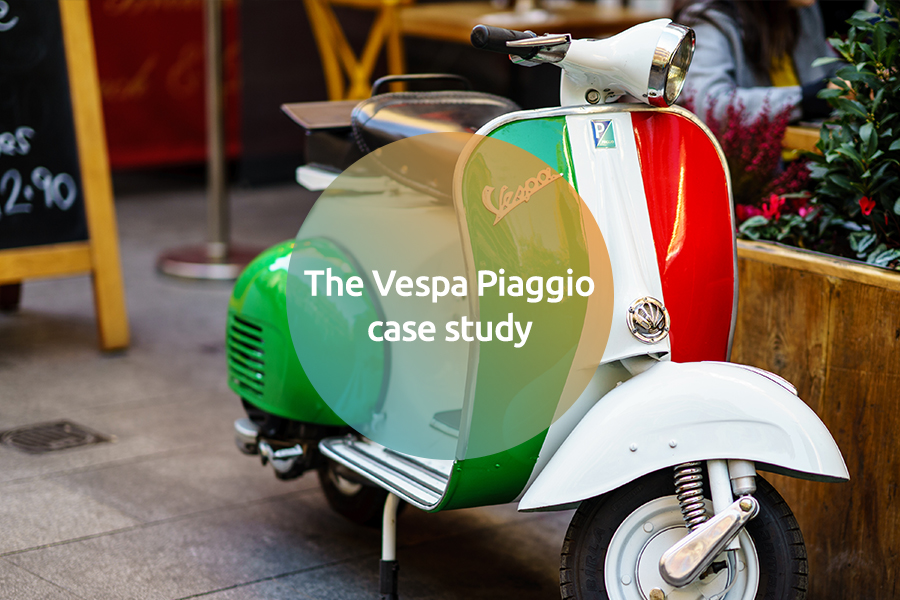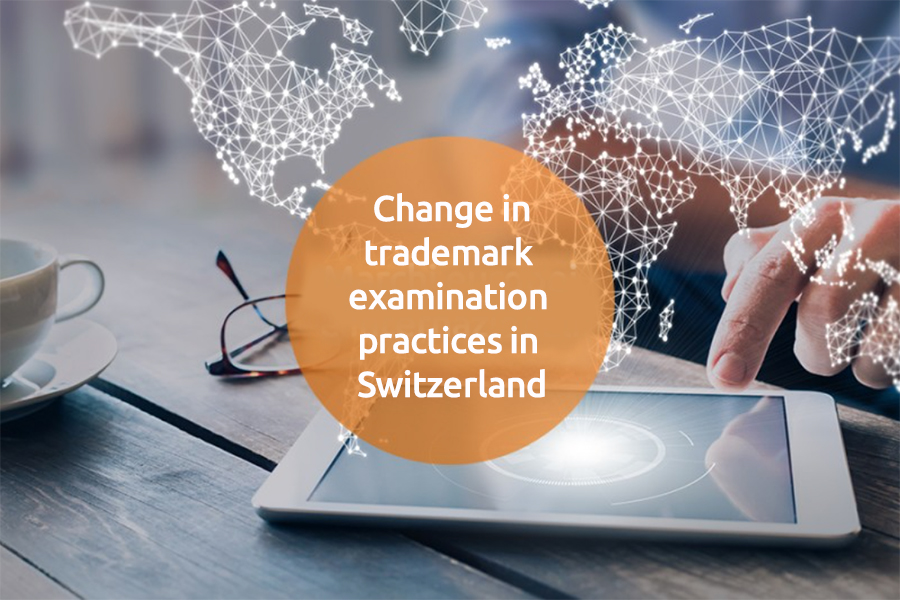How protecting ourselves against unfair competition? The case of the copy of patents and of designs or models registered and a case history in the vacuum cleaning world.
A recent study by EUIPO (European Union Intellectual Property Office) has highlighted how the counterfeiting phenomenon constitutes 3.3% of the whole world trade. 6.8% of imports in the European Union, that is to say 121 billion Euros yearly, consist of counterfeited goods. According to this study, counterfeiting has diversified from traditional activities based on luxury and fashion goods, encompassing pharmaceutical, electronic, household and cosmetic products, spare parts of the automotive industry, toys, foods and drinks, technical products. Customs seizures at EU borders indicate the counterfeited products confiscated are more and more in the form of small shipments and include large quantities of spare parts, especially for the car sector, components of mobile phones like screens and batteries. The first 20 economies of provenience of counterfeited products are reported in the chart drawn from EUIPO’s report. Hong Kong, China, Turkey, Arab Emirates and India confirm to be first in the ranking. Concerning the most copied products, we recently witness an increment of intermediate products, like electronic products, telecommunication devices and their spare parts.
What are the instruments to beat the counterfeiting? Fundamentally, it is advisable to preface that when we speak of counterfeiting we refer to a violation of the IPR, “Intellectual Property Right”. In absence of such right, it is due to remind that copying a product is not a crime, provided that the copy does not imply an unfair competition act. The latter, however, occurs only in presence of determinate precise requisites, often hardly demonstrated. According to the Art. 2598 of the Civil Code, for instance, “unfair competition acts are performed by whoever
-
uses suitable either names or distinguishing signs for generating confusion with either names or distinguishing signs legitimately used by others, or slavishly imitates the products of a competitor, or, through any other means, executes apt acts for creating confusion with the products and the activity of a competitor;
-
issues news and judgements on the products and the activity of a competitor aimed at determining his discredit, or appropriates the qualities of either the products or the enterprise of a competitor;
-
directly or indirectly avails himself of any other means not compliant with the principles of the professional correctness and suitable for damaging others’ company.”
It is therefore necessary to prove the bad faith of the counterfeiter, who tries for instance to create confusion with the products of a competitor, for the occurrence of an unfair competition act. If in some cases of products that slavishly imitate original products, i.e. that are identical copies of the original, we can speak of unfair competition, in many other cases we deal with “crafty” copies, which try to replace the original product without anyway slavishly copying it. Let us consider for instance all unbranded products, or with a clearly different brand from the original, that are sold as spare parts. Moreover, such products are very appealing on the market as they often have much lower costs than original products as they are manufactured in Countries with much lower production costs and, especially, they do not need to charge on products the R&D costs borne instead by the company that has developed the original product.
The first step to fight counterfeiting is then to constitute intellectual property rights, obviously if the manufacturer has given at least a minimum innovative contribution compared to similar products already available on the market (the state-of-the-art). In general, as known, IPR allow their owner to forbid to third parties, without his consent, to produce and/or to release on the market and/or to use products or services subjected to IPR.
We briefly remind IPR are:
-
patents of industrial invention and for utility model, which protect technical aspects of a product or proceeding;
-
registered designs or models, which ward the aesthetical aspect of a
-
product or of one of its parts;
-
registered brands, which defend the distinguishing signs of the company or of the products or services of the company;
-
the copyright, which protects original works, software included;
-
industrial secrets, or know-how.
We are dealing here in particular with patents and designs or models registered. Concerning the patents by invention or utility model, it is worth high lighting that, although according to inventors’ prejudice only very complex or original inventions can/must be patented, actually the access threshold to the patent is quite low, being required just the technical solution does not clearly derive from the state-of-the-art of the technique.
Focusing now again on the counterfeiting issue, patents by invention or utility model are a very powerful tool, as they protect not only the product actually implemented by the company but also all variants that exploit the same technical teaching subjected to protection. In this case as well we have to dispel the injury “it is sufficient to change a single word” to go out of the patent, which then would have scarce efficacy. Actually, while the descriptive part of the patent-related document must be very detailed because it has an informative purpose, the more legal part, constituted by
claims - which defines the scope of the patent’s protection - is drawn up by the patent advisor in the broadest and most
open possible way, to encompass more implementation forms inside the same inventive concept. To make an example, let us consider a European patent concerning one of the first vacuum-cleaning devices manufactured by Dyson Technology Ltd. company The claim 1, which defines the patent protection ambit, has a very wide formulation that recites:
1. A surface treating appliance comprising a main body ( 12) and a head (14) rotatably connected to the main body
(12) about an axis (Y-Y), the main body (12) and the head (14) being provided with first and second electrical connectors (76,78) respectively, the first and second electrical connectors (76,78) being connectable to provide an electrical connection between the main body (12) and the head (14), characterised in that one of the first and second electrical connectors (76, 78) is slideable within a channel (80).
In practice, the patent wards an appliance that includes a main body and a head rotating around an axis. Body and head are electrically connected each other by means of two electric connectors. One of the two electric connectors is sliding in a channel. In that way, the electric connection is granted during the head rotation, too.
Any device for the treatment of a surface equipped with a rotary head and an electric connector sliding in a channel is included in the protection ambit of the patent. Therefore, the protection conferred by the patent is very broad. Similar statement is valid for design or model registrations, too.
The registration does not protect in fact only against the slavish copy of the registered design or model but also against not identical designs or models that however arouse the same general impression in the informed user, like in the example reported in the image with the two guns. In this case, the painting gun on the left differs from the right one for some details that have not been deemed sufficient to confer the left model a general impression that differs from the right model’s.
Therefore, we have seen that patents and design or model registrations offer their owners the right of prohibiting third parties from manufacturing, marketing and using products that exploit the same technical solution, even if not necessarily implemented in the same way, or that feature the same aesthet cal impression, although not identical. Without going into further technicalities, it is also worth reminding that, concerning the counterfeiting of a patent, it occurs not only when the product under examination reproduces exactly the same technical characteristics that are the subject of an independent claim (“literal counterfeiting”), but also when one or more of such features are different but can be considered mutually equivalent (counterfeiting “by equivalent”). It is anyway opportune to leave the assessment of the real patent counterfeiting to the patent advisor.
However, how can we enforce these exclusivity rights? Basically, just the fact of communicating, on product themselves or on the packaging and in the commercial communication, the existence of industrial patent rights constitutes a deterrence that is often sufficient to discourage competitors from trying to copy the protected product.
If a counterfeiting is surveyed in a territory where an industrial patent right is in force, a first option to try stopping the offense immediately is to send a warning. If the patent right is sound from the point of view of its validity (for instance, it is a patent obtained after the examination of the requisites, or it is still a patent application that has anyway received a favourable research report) and the counterfeiting is evident, then the warning can be solved by the counterfeiter’s commitment to stop the unlawful act immediately. However, we must recognize the presumed counterfeiter is not obliged to answer to the warning and he often does not give any feedback, or he answers by denying the counterfeiting and/or affirming the patent or model is not valid.
In these cases, it is then necessary to act judicially. In almost all Countries, the patent law provides for at least two options: precautionary measures and the cause of merit. Precautionary measures (description, injunction, seizure) can be demanded to the judge only in presence of determinate requisites, i.e. a presumption of validity of the patent right to be exercised (fumus boni iuris) and a demonstration the necessary time to reach the conclusion of the judgement might prove to be prejudicial for one’s own right (periculum in mora).
The precautionary measure has a very short duration, of weeks or few months, depending on the complexity of the controversy. The cause of merit has an average duration, for the first degree, of two/three years. Even if the costs and the waste of energies, time and resources of these procedures are not negligible, especially for SME (the above-mentioned study by EUIPO has calculated for SME the average value of all expenses to survey and to fight counterfeiting amounts to about 80-100,000 Euros yearly), it is worth underlining that only a small percentage of the cases started ends with a sentence: in most cases, at the outcome or during the TOC, then in the first months of the cause or of the precautionary measures, it is already possible to guess the trend of the controversy and the two parties find an agreement.
Moreover, it is worth pointing out in some Countries, in particular in Italy, we have established courts specialized in the management of controversies whose subject are industrial patent rights, therefore the dispute is very rapid and entrusted to judges and technical advisors who are very competent in the matter.
When the counterfeiting comes from non-EU nations, it is effective (as well as cheap) to turn to customs agencies. From the practical point of view, it is necessary to provide agencies with a copy of industrial patent rights and the necessary information to identify suspicious products. If properly informed, customs agencies are very collaborative in stopping the suspicious goods, to allow the assessment of the real counterfeiting and then the definitive stop. Generally, a criminal proceeding is officially started by the Public Prosecutor’s Office informed about the seizure of counterfeited products.




